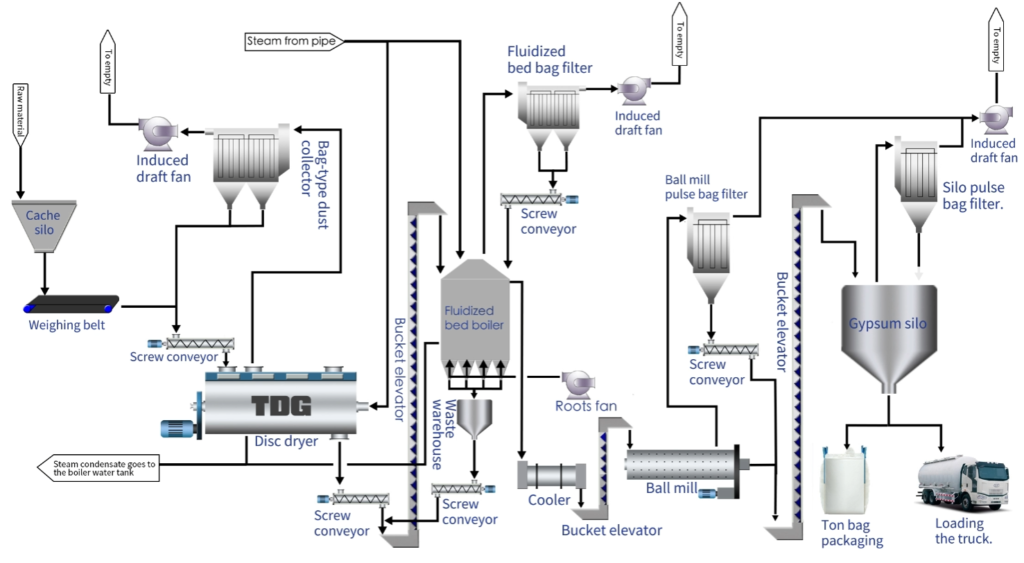

BLOG
How do you dry gypsum?
How do you dry gypsum?
21 August 2023
Gypsum, a versatile mineral widely used in construction and various industries, requires proper drying before it can be efficiently utilized. Whether you're working with gypsum for plastering, cement production, or crafting intricate sculptures, understanding the best drying methods is essential. In this blog, we'll explore the different ways to dry gypsum effectively.

1. Air Drying: A Simple Approach
Air drying is one of the most straightforward methods for drying gypsum. In this method, gypsum is spread out in a well-ventilated area, allowing natural air circulation to gradually remove moisture. This process is ideal for smaller quantities of gypsum and works well in low-humidity environments. However, it might take a considerable amount of time, so patience is key.
2. Kiln Drying: Precision and Efficiency
Kiln drying is a more advanced and efficient technique. Gypsum is placed in a kiln, where controlled temperature and air circulation accelerate the drying process. This method ensures uniform drying and reduces the risk of surface cracks or unevenness. Kiln drying is commonly used for larger quantities of gypsum and is suitable for industrial applications.
3. Microwave Drying: Swift and Selective
Microwave drying is a modern method that offers quick and targeted drying. Gypsum is exposed to microwave radiation, which heats and evaporates the moisture within the material. This approach significantly reduces drying time and energy consumption. However, it requires specialized equipment and careful monitoring to prevent overheating.
4. Desiccant Drying: Absorbing Moisture
Desiccant drying involves using moisture-absorbing substances, known as desiccants, to remove moisture from gypsum. The gypsum is placed in an enclosed space with the desiccant, which gradually draws out the moisture. This method is useful for small-scale drying and situations where precise control of humidity is required.
5. Dehumidification Drying: Controlled Environment
Dehumidification drying creates a controlled environment with reduced humidity levels. Gypsum is placed in a room with a dehumidifier, which extracts moisture from the air. This method is effective for larger quantities of gypsum and is particularly useful in regions with high humidity levels.
6. Hot Air Drying: Quick and Efficient
Hot air drying involves blowing warm air over the gypsum to accelerate evaporation. This method is efficient and can be used for both small and large quantities of gypsum. It's important to control the temperature to avoid damaging the gypsum's quality.
Conclusion
Drying gypsum effectively is crucial to ensure its optimal performance in various applications. Whether you opt for traditional air drying, advanced techniques like kiln or microwave drying, or controlled methods like desiccant or dehumidification drying, choosing the right approach depends on the quantity, time constraints, and equipment availability. By mastering these drying methods, you can make the most of this versatile mineral in your projects and industries while achieving the best results.



